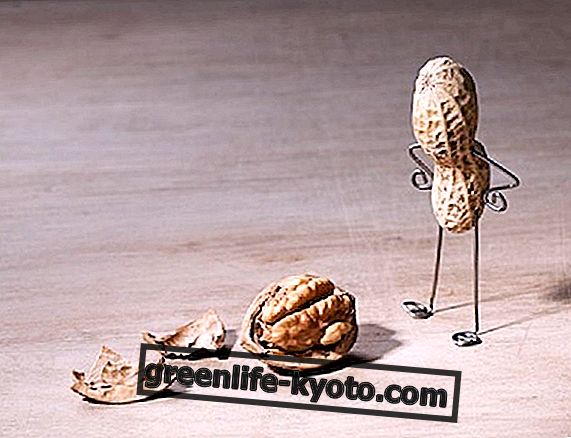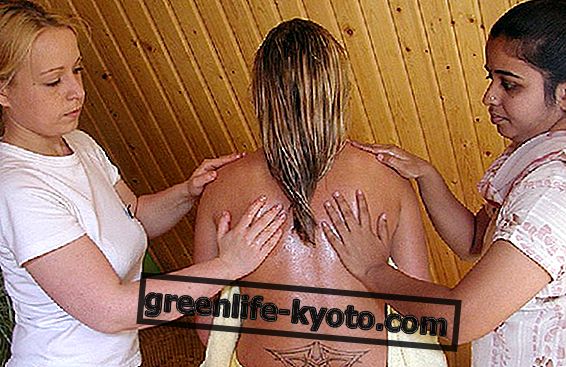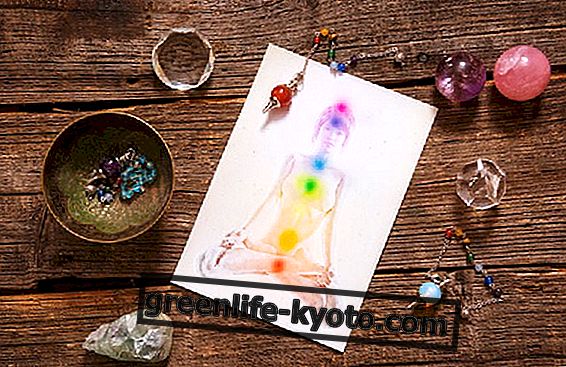
Otitis media in children is a very common disease and is more common in the age group from 6 months to 6 years; otitis tends to recur especially when it occurs for the first time in the very young child; according to some scientific studies, in fact, children diagnosed with otitis media within the first year of age are more exposed to the risk of developing recurrent otitis media or chronic otitis media than children in whom the disorder appears for the first time after the first year of age.
Risk factors of acute otitis media in children
There are individual and environmental risk factors . The most common environmental risk factors are
- age,
- premature birth,
- allergies,
- genetic predisposition,
- adenoid hypertrophy,
- craniofacial anomalies
- presence of gastroesophageal reflux;
- upper airway infection,
- seasonality: otitis media is more frequent in the cold months;
- community attendance: the children who attend the nursery are more exposed than those who do not attend it and in any case the incidence increases when one begins to attend a community, for example the nursery school;
- breastfeeding with prepared milk: breastfeeding is a protective factor, consequently artificially fed babies are more exposed to the risk of otitis media;
- pacifier use;
- exposure to passive smoking: children of parents who smoke in the presence of the baby are more exposed to the risk of otitis media.
the most common environmental risk factors are instead
Prevention and natural remedies of acute otitis media in children
Prevention of otitis in children essentially consists in reducing the environmental risk factors listed above and therefore it is necessary to promote breastfeeding, avoid smoking in the presence of the child, keep the pacifier perfectly clean, cover the throat and ears very well in children, especially when they are very small. It is also important to always keep your nose clean with nasal washes with salt solutions; this, among other things, is also the main natural remedy against otitis in children.
How is acute otitis media treated? What are the natural remedies for otitis in children?
When otitis is of bacterial origin it is necessary to use the antibiotic; giving the baby antibiotics is not always desirable. In general, after 6 months, antibiotic therapy should be started only in the case of diagnostic certainty and after an observation period of two or three days. When it is not necessary to resort to antibiotics or during the observation period, natural remedies for otitis can be used in children, natural remedies that aim above all to reduce pain.
One of the most common natural remedies for otitis in children is the onion: it is necessary to finely chop an onion, heat it, put it in gauze and place it over the ear (not inside!); the allyl sulphide contained in the onion is an anti-inflammatory and helps reduce pain.
Among the natural remedies for otitis in children some include drops of lobelia and warm olive oil poured, still in drops, directly into the ear; some also advise pouring a few drops of garlic juice into the ear. But be careful: pouring drops into the baby's ear, even if natural, may not be desirable; it is therefore advisable, before resorting to these natural remedies, to seek the opinion of the pediatrician. Natural is not always synonymous with harmless.












